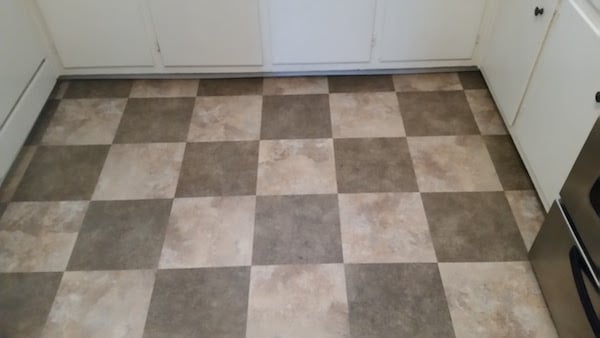
There are many reasons to remove flooring in a part of your home. Old flooring may look unappealing or past its prime, but even relatively new flooring when it doesn’t perform well or live up to your aesthetic standards might be better off in the dumpster than in your home. While materials such as carpet are often relatively easy to pull up, when it comes to vinyl floor removal, there are several complications that make the job difficult.
Why Hire a Pro for Vinyl Flooring Removal?
Removing vinyl flooring is a tough project, and there are many considerations that usually make it a project best left to professionals. First of all, linoleum and vinyl flooring materials and the mastic (glue) used to attach them to the floor frequently contain asbestos. While harmless in solid form, such as flooring, asbestos is a health hazard when released into the air. Linoleum and sheet vinyl flooring often have a backing of almost pure asbestos sheeting, and improper removal will almost certainly release large amounts of dangerous fibers into the air.
How Much Will it Cost?
Generally the cost to remove a vinyl or linoleum floor will fall between the cost of repairing a vinyl floor and installing a brand new one. According to data from Homeadvisor.com, this would put the cost around $1000 for removal. As always, be sure to get multiple quotes as prices can vary depending on locale and materials.
How to Remove Flooring Safely
So the first step would be to contact an environmental testing laboratory or consultant, and ask about getting your flooring tested. Although you can have a consultant come to your home, most can advise you on how to take a sample safely into them for testing, for a nominal fee.
If the floor and/or mastic contain asbestos, they will be able to refer you to an asbestos removal contractor who may use heat and or solvents to remove the flooring and mastic. OSHA specifies that the contractor works slowly, uses water to reduce dust and specialized HEPA vacuums to clean the area.
Professional vs. DIY Vinyl Flooring Removal
Do-it-yourselfers that are already well-versed in vinyl flooring removal may be able to tackle the job with full knowledge of what they’re in store for. However, even if the asbestos test comes back negative, many homeowners may still choose to hire a professional flooring contractor to remove a vinyl floor. First, you need a special tool designed specifically to scrape up the layer of flooring material by hand. This is slow, hard work. Next, you will need a special solvent to completely dissolve all of the adhesive, as well as a respirator or face mask while you are working.
Ready to start your vinyl flooring?
Find ProsBoth the tool and the solvent are available for purchase from a flooring supply store. However, once you consider the cost of purchasing all these materials and the time it will take to perform these two steps, hiring a flooring contractor already equipped with all the right tools, knowledge, and experience to get the job done efficiently usually makes the most sense for even the handiest of homeowners.
Other Flooring Removal
While removing vinyl flooring is a tedious and difficult task to do safely, homeowners will be happy to know that removing flooring such as hardwood, carpet, or tile generally presents less of a problem. Though you’ll still have to put in some elbow grease, do some research on how to do the job without damaging other floor components, and maybe purchase or rent some specialized equipment, many do-it-yourselfers have stepped up to the task of floor removal with excellent results.
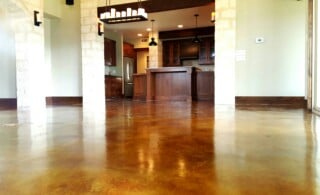 Concrete Flooring – Solid as a Rock
Concrete Flooring – Solid as a Rock 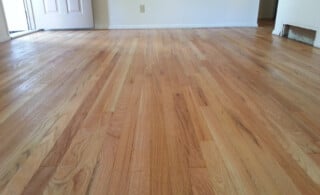 Cleaning Hardwood Floors
Cleaning Hardwood Floors 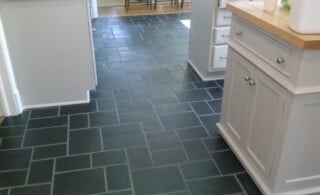 Slate Floors Make for a Great Decor
Slate Floors Make for a Great Decor 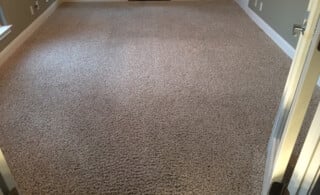 Carpet Cleaning Methods 101
Carpet Cleaning Methods 101 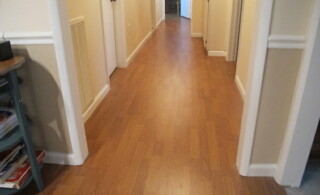 The Benefits of Laminate Flooring
The Benefits of Laminate Flooring 

Are You Familiar With This Topic? Share Your Experience.